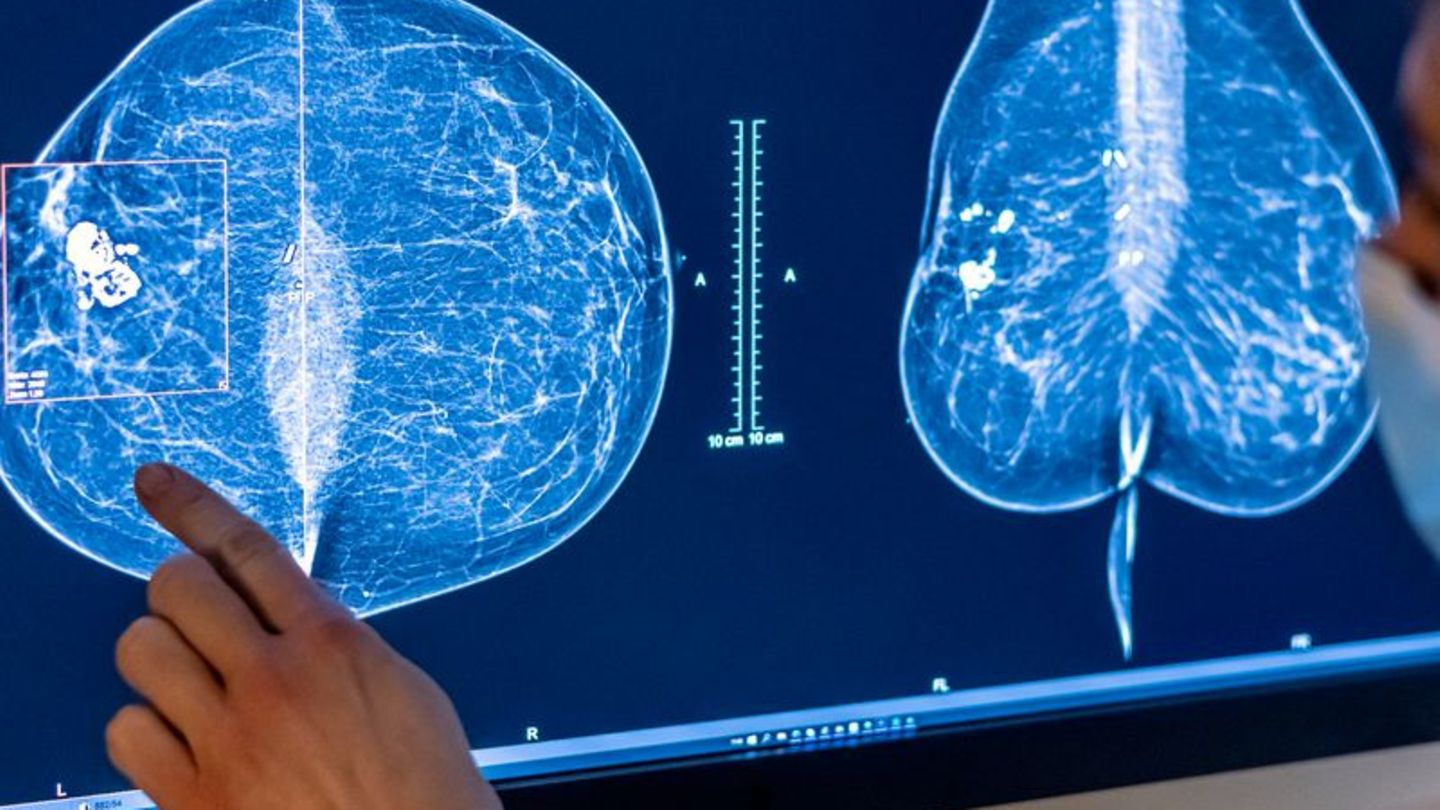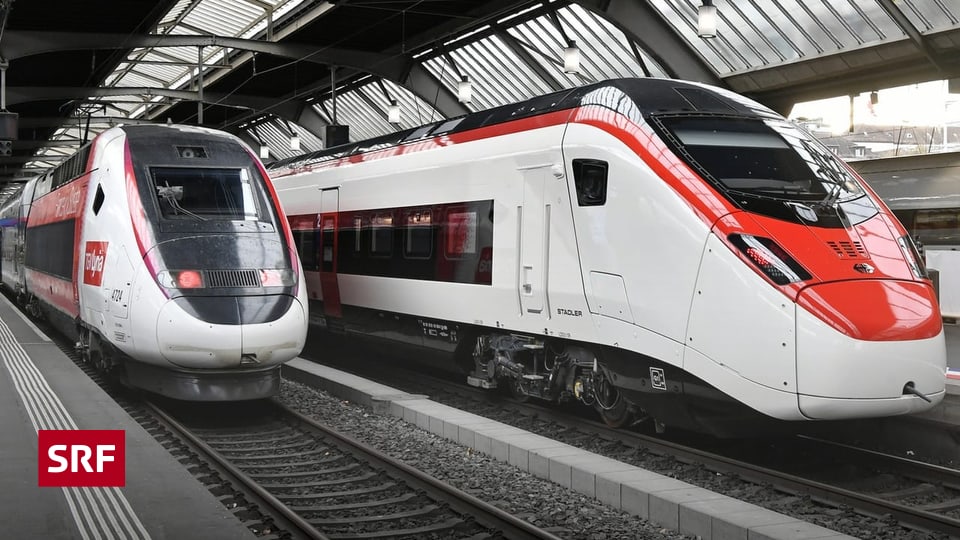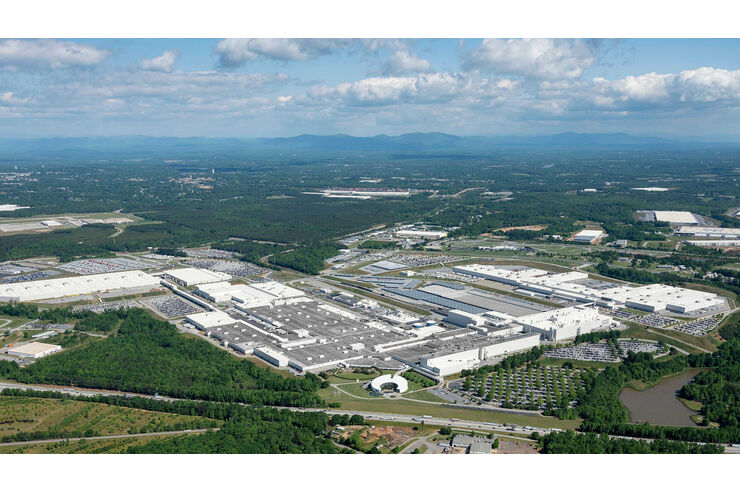$1.7 billion for Spartanburg (USA)
BMW drives electric in its SUVs
The BMW plant in the United States is an SUV plant and will focus more on electrification in the future. To this end, BMW is investing 1 billion euros in conversion and 700 million euros in a new unit production facility.
So far, eleven models have rolled off the assembly line at the Spartanburg plant in South Carolina, including all but the X1 and X2 BMW SUVs. Last but not least, the American plant is also a hotbed of BMW cars for people with high legs. BMW wants at least six of them to be electrified by 2030, so the company is now investing $1 billion in the plant to make the conversion.
The United States gets its own unit production
The production of modules with BMW 5th generation cells is currently still in operation on the factory premises in Spartanburg. These units are used there for the current PHEV SUVs X3 xDrive30e and x5 xDrive45e. Since space seems to be limited even in the USA, unit production will be outsourced in the future. So BMW is investing another US$700 billion (€715.6 million) at a new production site in Woodruff (South Carolina) to assemble the sixth generation cells.
There, cells of the same type as BMW were presented at the Re-Think event in early September will be processed. However, the 46XX round cells for the USA do not come from CATL or EVE production, as in Europe and China, but from Envision AESC. The cells are said to offer 20 percent higher energy density, 30 percent more charging capacity and a third greater range — and, unlike Spartanburg, they can also be used for all-electric vehicles.
AESC for BMW is building another plant in the USA
AESC was acquired by Chinese green technology group Envision in 2018. The company was founded in 2007 as a joint venture between Nissan and NEC and produced battery cells for the first generation Nissan Leaf. According to the company, it is now one of the world’s 10 largest battery cell manufacturers, supplies Mercedes-Benz, among others, and has production plants in Spain (up to 30 GWh), France (30 GWh), and Great Britain (top) to 35 GWh) and announced the US state of Kentucky (up to 40 GWh).
In order to supply BMW with the cells, AESC now wants to start cell production near the Spartanburg plant, also in South Carolina, with an annual volume of 30 GWh. Earlier this year, AESC CEO Shuichi Matsumoto announced a $2 billion investment for the USA. At the time, there was only talk of a production site in Kentucky. It is not known how much money should be invested in the BMW-related plant.
You can find out about other places where battery cells are produced in Germany and Europe in the photo gallery above.
conclusion
Even if BMW never tires of playing up the topic of openness to technology, the signs are pretty clear that CEO Oliver Zipse has also caught the signs of the times and the automaker is preparing for a turnaround. A large, experienced partner of US factories such as AESC will likely be just as important as shifting production to be able to flexibly roll off the assembly line in the future.

“Internet nerd. Avid student. Zombie guru. Tv enthusiast. Coffee advocate. Social media expert. Music geek. Professional food maven. Thinker. Troublemaker.”







More Stories
Tests against Germany and Canada in preparation for the World Cup
Boris Becker's insolvency proceedings in Great Britain have ended
Marco Odermatt is happy to have Marcel Hirscher back